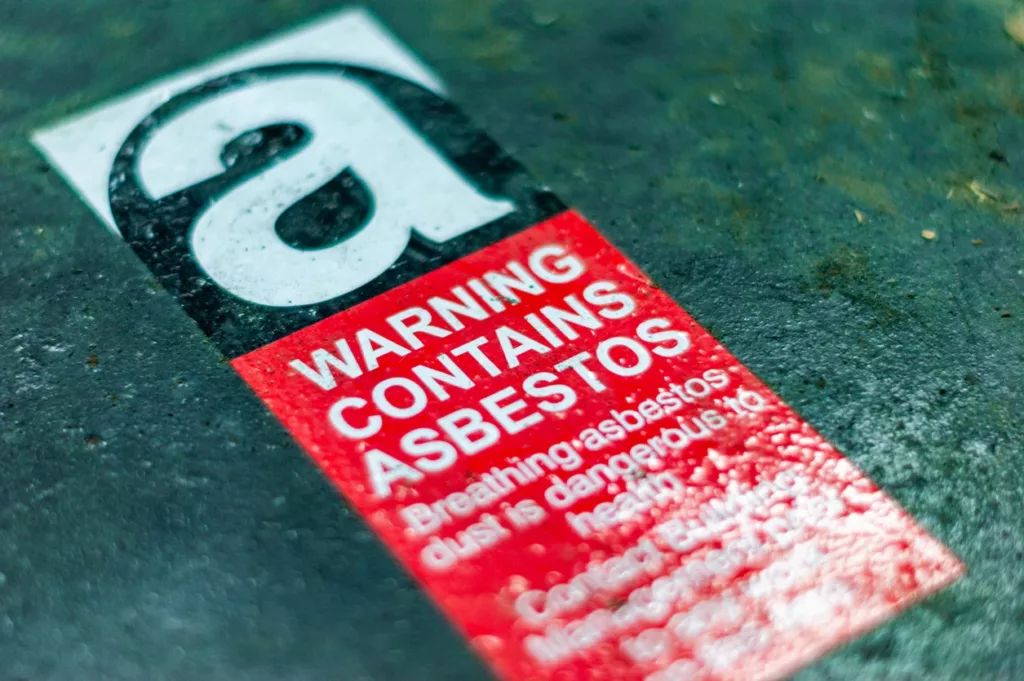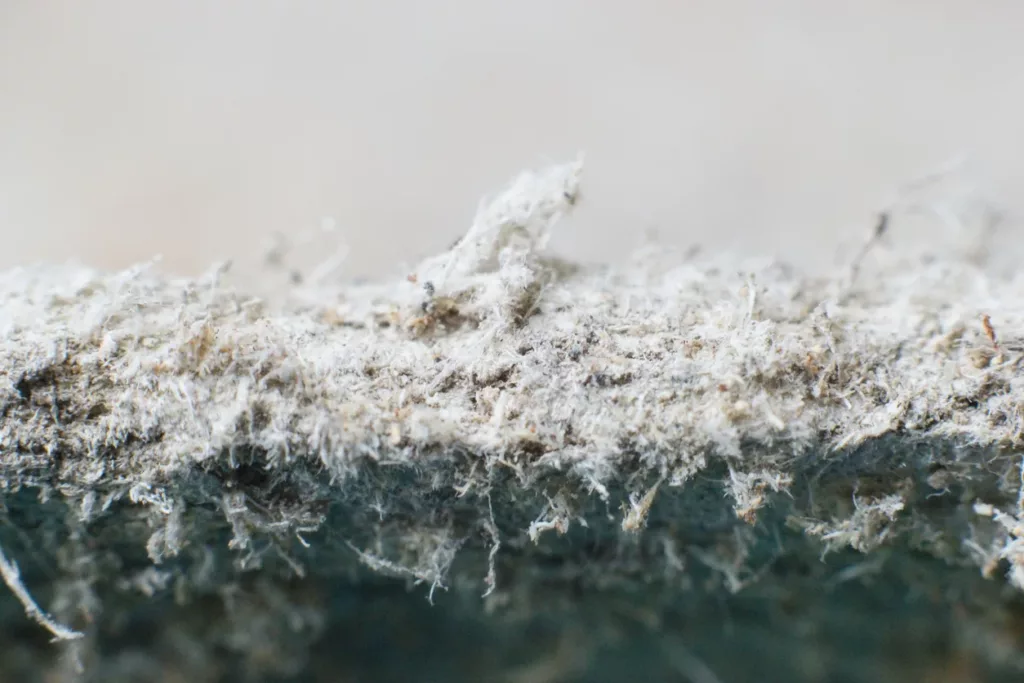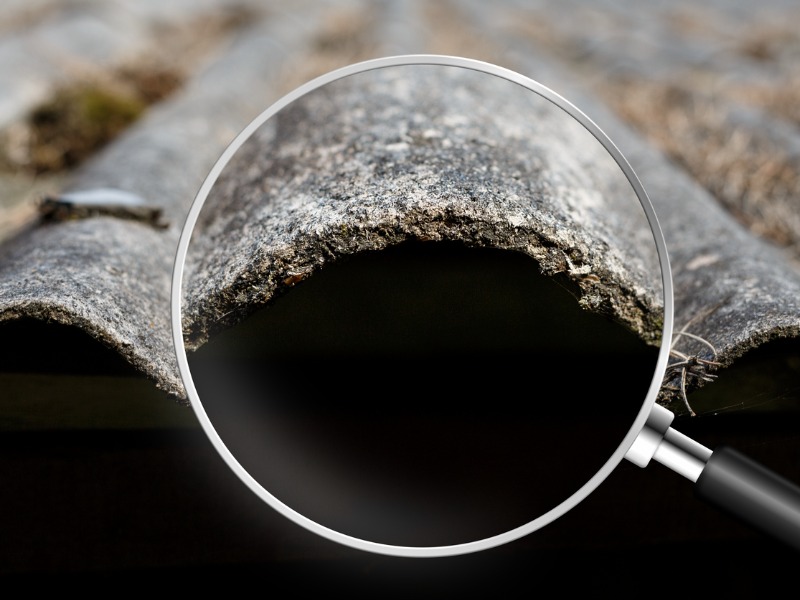The Importance of Asbestos Training in 2025
Asbestos is a fibrous silicate material that occurs naturally. So, there are six different varieties. They are all made up of long, thin, fibrous crystals with many microscopic “fibrils.” So, abrasion and other processes release them into the environment. Asbestos fibers can cause a variety of serious illnesses. So these include lung illnesses, like asbestosis and cancer, making it a well-known health and safety issue. Asbestos training is a big part of the overall effort to improve health and safety on worksites.
Archaeologists have discovered evidence of asbestos use in ceramic pot production from the Stone Age. Large-scale asbestos mining began at the end of the nineteenth century. This was when manufacturers and builders began to use it for its favorable physical features. So, it is a good electrical insulator and is highly resistant to heat. For this reason, the construction industry widely used it for much of the twentieth century until researchers established its effects on human health in the 1970s. Many modern structures built before the 1980s contain asbestos.
Many countries have made it unlawful to use asbestos in construction and fireproofing. Despite this, according to estimates, at least 100,000 people die each year from diseases linked to asbestos exposure. This is due in part to the fact that it is still present in many older buildings, and the effects of exposure can take decades to manifest.

Health Impact of Asbestos
Asbestos fibers of all forms pose substantial health risks to humans and animals. The most dangerous fiber types are amosite and crocidolite. However, chrysotile has caused tumors in animals and is a known cause of asbestosis and malignant mesothelioma in humans. Mesothelioma is prevalent in people who occupationally expose themselves to chrysotile. Their family members and residents who live near places that contain asbestos also suffer from mesothelioma.
In the 1980s and 1990s, cement manufacturers thought about making cement that could “neutralize” asbestos. This could be done either through chemical processes or by causing the cement to attach to the fibers and change their physical size. Subsequent studies revealed that this was untrue. Decades-old cement, when broken, releases fibers identical to those found in newer asbestos cement.
Asbestos exposure in the form of fibers is highly hazardous. Working with or being exposed to friable materials or materials or works that could release loose fibers is a high-risk activity. In general, people who become ill from inhaling it have worked in a job where they expose themselves to the substance on a regular basis.
Asbestos Training
One of the cornerstones of a successful operations and maintenance (O&M) program is the training of custodial and maintenance employees. So, asbestos O&M chores may not be completed properly if building owners do not emphasize the need for well-trained janitorial and maintenance workers. Asbestos fibers may be present at larger concentrations in the air, posing a risk to building workers and occupants.
Training Required by Law
For employees exposed to fiber levels (measured or anticipated) at or above the permissible exposure limit (0.1 fibers per cubic centimeter (f/cc) as an 8-hour time-weighted average (TWA) and/or the excursion limit (1.0 f/cc as a 30-minute TWA), the Occupational Safety and Health Administration (OSHA) requires employers to implement and ensure participation in a worker training program. This asbestos training program comprises an initial training period. So its length is decided by the sort of job performed by the employee, as well as annual refresher training.
All school staff custodial and maintenance personnel who conduct any tasks that may result in the disruption of asbestos-containing building material (ACBM) must obtain 16 hours of O&M training, according to EPA regulations governing schools (comprised of 2 hours of Awareness Training and 14 hours of Special O&M Training). Workers who may be exposed to asbestos or who work in a facility with ACBM may be subject to additional training requirements in some states and municipalities.

Types of Training
As an example of the various forms of maintenance worker training available, the following are three types of training available under the EPA’s school regulations:
Type 1: Awareness Training
This training is for maintenance and custodial employees who are responsible for cleaning and small maintenance chores that may cause ACBM to be disrupted accidentally.
Topics covered in a two-hour Asbestos Awareness Training could include:
- Asbestos background information
- Asbestos health effects
- Worker safety programs
- ACBM locations in the building
- ACBM damage and deterioration recognition
- The building’s O&M program
Type 2: Special O&M Training
This kind of training is for maintenance and custodial workers who are responsible for general maintenance and asbestos-containing material repair.
Repair or removal of a small area of damaged thermal system insulation, for example, or the installation of an electrical conduit in an air plenum containing ACBM or ACBM debris, could be part of the job. Typically, this instruction lasts at least 14 hours. Special O&M training usually entails a deeper dive into the topics covered in Type 1 training, as well as:
- Federal, state, and local asbestos regulations
- Asbestos-related work practices
- Descriptions of suitable ACBM handling techniques, including waste management and disposal.
- Use, care, and fit-testing of respirators
- Donning, using, and handling protective garments
- Proper decontamination measures for workers
Type 3: Abatement Worker Training
This kind of training is for workers who may be involved in asbestos abatement efforts. This kind of work involves direct, intentional contact with ACBM. This type of training is much more extensive than Types 1 and 2. Abatement worker training addresses a variety of specialized topics, such as:
- Work activities prior to asbestos abatement
- Preparing the work environment
- Setting up decontamination units
- Personal protection, including respirator selection, use, fit-testing, and protective clothing
- Procedures for worker disinfection
Conclusion
Asbestos is a highly toxic substance. Although legislation has been introduced to reduce the use of asbestos, it is still prevalent in many industrial applications. It is important for workers exposed to this material as a part of their jobs to receive asbestos training. Online training not only educates workers about potential site hazards and how to employ Personal Protective Equipment but also gives essential awareness pertinent to topics such as hazardous materials like Asbestos.








